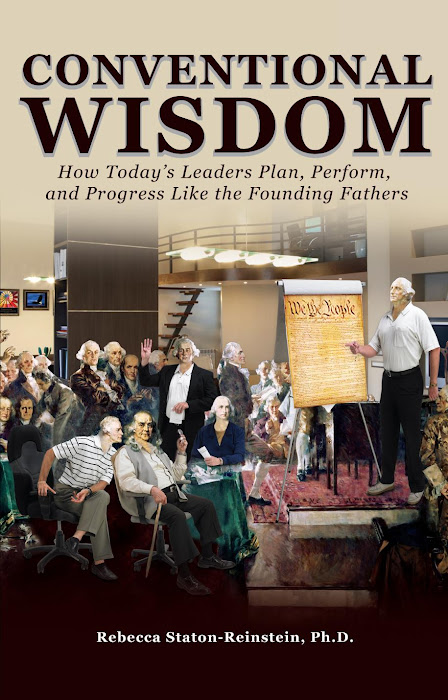When John Zumwalt became CEO of PBS&J, a well-regarded engineering firm, he helped craft a new mission. When many managers thought missions were a little fluffy and wanted to focus more on their traditional measures of success, he told them something extraordinary.
Get people on a mission and the metrics will follow
For Zumwalt and PBS&J, the metrics did follow – dramatic revenue increases, outperforming peers in talent retention, and wide-spread recognition as an extraordinary company to work with and for.
When I interviewed Zumwalt and 19 other executives with a track record of turning vision into reality, most told me stories of being mission driven.
When I interviewed Zumwalt and 19 other executives with a track record of turning vision into reality, most told me stories of being mission driven.
But the importance of a mission is not just anecdotal. The Gallup Group* and many others who have studied this in depth find some astounding results:
- 83% of all workers believed having a clear mission was very important;
- Work groups with a clear sense of mission had from 30 – 50% fewer accidents; and
- Mission-driven work groups had from 15 – 30% percent less turnover.
It was "as if the employee can't energize himself to do all he could without knowing how his job fits into the grand scheme of things."
The Gallup research also found the most critical influence a leader has on the organization is through the mission. When the leader is on a mission, it cascades through the organization if the leader constantly reinforces it.
Does your team have a clear mission to guide daily decision making and action? In these times of 'do more with less,' a strong mission is a requirement for successful action and results.
5 steps to create and use a strong mission.
- Team brainstorms important values and results
- Team prioritizes the list and chooses the top 3 – 5
- Team can keep these phrases or write a short, simple statement incorporating them
- Each team member discusses how his or her job contributes specifically to the mission
- Team discusses results regularly in relation to fulfilling mission.
Start getting your results using a powerful mission. Sign up for my first webinar as part of Advantage HR Seminars; Get People on a Mission: Strategic Decision Making Drives Daily Action. This seminar is an approved provider for the HR Certification Institute (PHR, SPHR, and GPHR.) See details and Register here.
Apply these techniques to create or adapt your current mission to drive execution and daily decision making to get the results you need to sustain your organization and assure its growth. Live on October26, 2011 and available on DVD.
* * * * *
© Rebecca Staton-Reinstein, Ph.D., President, Advantage Leadership, Inc.
*Rodd Wagner and James Harter, 12: The Elements of Great Managing, Gallup Press, New York, 2006. Material in this blog is excerpted from Conventional Wisdom: How Today’s Leaders Plan, Perform, and Progress Like the Founding Fathers.







